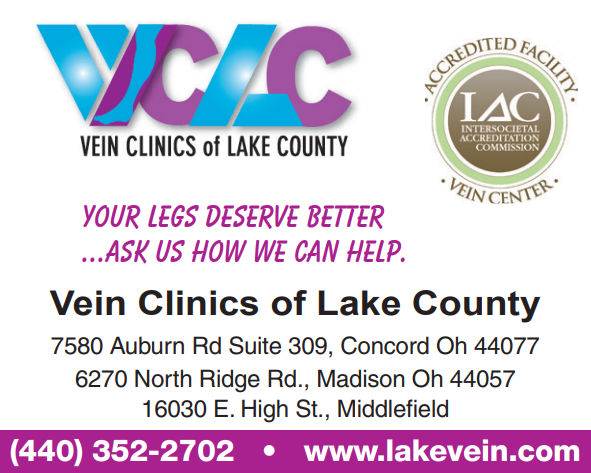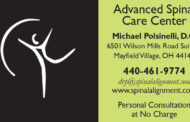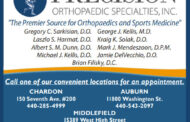You may think of spider veins as those unsightly blue and purple vessels running all over your legs like a road map. You hate them, but how do you get rid of them so you can wear shorts and skirts and bathing suits and…
In reality, spider veins are tattle tales. They are telling you there is a problem with your leg veins which you may or may not see (just yet). While most of us think of spider veins as a cosmetic problem (which is a correct statement), they often announce the presence of Varicose Veins. The misleading notion is that if you don’t see varicose veins, you don’t have them.
How do spider veins develop?
The superficial vein system is supposed to carry blood from the legs up to the heart. If one or more of these veins become varicose veins, then the blood flows back instead of moving upward towards the heart. These back flows flood into the branches all the way to their tips and makes them become large and incompetent. The tips of these branches are the ones we will see as spider veins.
Sometimes, the larger branches will show under the skin as big bulging varicose veins but the very first sign of having varicose veins could be spider veins in most cases.
Bottom line, if you see spider veins, come and see us for an evaluation of your leg veins. A thorough, yet simple ultrasound, will help determine if you have varicose veins or not. That is the best time to treat them before they get larger, and cause more leg symptoms and require a lot more treatments to get rid of them.
What if I don’t do anything for my spider veins or even varicose veins?
Left alone, Varicose veins will progress over the years and cause more medical problems and symptoms. These symptoms include but are not limited to leg pain, ache, heaviness, swelling, progressive discoloration and … yes more spider veins. So the earlier you seek help, the better off you are saving yourself and your legs a lot of trouble.
Bleeding leg veins? Are you on blood thinners?
Your legs may have varicose veins, large spider veins and larger blue veins (which we call reticular veins and varicose veins). Some of these veins may be present in areas of high exposure to trauma such as over the shin bone, lateral ankle, etc.
If those veins easily bleed, with or without trauma (shaving, friction against clothing), or maybe due to the fact that you are on blood thinning medications, you would benefit from the treatment of bleeding veins as a medical treatment to eliminate them and therefore, eliminate recurrent bleeding forever.
























